Jamthund
The Jamthund is a primitive, Nordic dog breed that resembles their ancestor - the wolf. These dogs were originally bred to hunt large game, such as wolves or bears, but you can mostly find them these days in the role of a family pet and guardian.
The Jamthund is an attractive dog breed, especially to those who love breeds that look like wolves. Like their mighty ancestor, the Jamthund is strong and very active. These dogs are happy and enthusiastic about most of the activities you would want to do with them. They can, however, be a bit stubborn and dislike some training methods, so they need a firm and experienced owner.

Height:
20-26 in (52-65 cm)

Weight:
55-66 lb (25-30 kg)

Origin:
Sweden

Life Expectancy:
12-13 years
Dog Breed Characteristics
Appearance
When seen from a distance, the Jamthund, which is undeniably related to the wolf, could easily be mistaken for one. Their body is rectangular, and they should be taller than long. Their overall body shape is very similar to that of a wolf, and they should be strong and athletic.
Their skull should be long and broad, with a wide muzzle and erect triangular ears spaced widely apart. They have dark brown eyes that are expressive. Adult dogs should reach a size of 20-26 inches and 55-66 pounds.
It can be difficult to distinguish this breed from the Norwegian Elkhound at times. Still, the general rule is that the Norwegian Elkhound is shorter and sturdier.
Coat type
Their plush double coat is exceptionally thick and weather-proof, which is absolutely essential in deep snow and harsh winters. The outer coat is harsher and more resistant than the soft, cream-colored woolen undercoat. Their distinctive tail should be thickly feathered and curl naturally over their body.
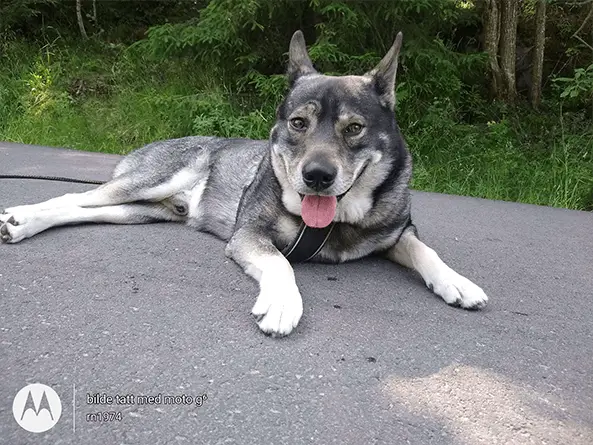
Coat colors
Their coat colors include white, cream, black, and various shades of grey, but their overall coat should have a dark appearance. They also have a white facial mask, which is another difference between the Jamthund and the Norweigan Elkhound.
Temperament
The Jamthund is courageous and daring, which is not surprising for a dog known for its ability to hunt wolves and bears. Despite their unrivaled strength, they are not aggressive toward humans and are generally very affectionate toward those they trust. They are known for being incredibly gentle and calm with children, and they make excellent guard dogs because they are alert and protective of those they love.
It is widely accepted that they should not be trusted with other animals and that they should be introduced to other family pets at a young age in order to avoid territorial and authority disputes. They are also known to chase and hunt small animals, so they should be kept on a leash when in public places.
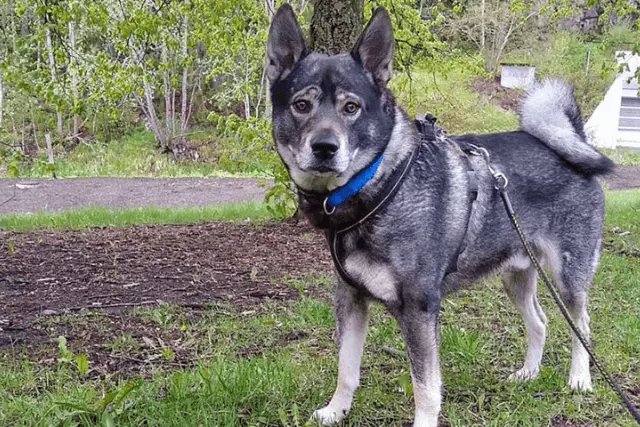
Care guide
The Jamthund might be a large and powerful breed, but they are still dogs that require a certain amount of care. Most Jamthund owners rarely think about grooming or trimming their dogs. Still, the reality of being a dog owner means dealing with those things. Here are the most important aspects of Jamthund's care.
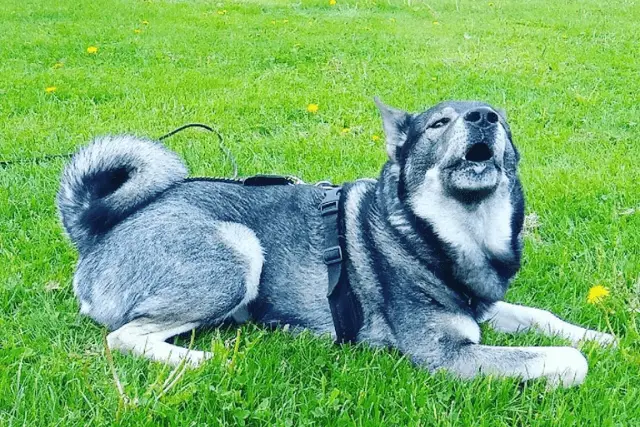
Grooming
Brushing their coat once or twice a week can help keep it in good condition. They should only be bathed when necessary, as washing removes their coat's natural protective oils. However, brushing is only one aspect of grooming.
These dogs' ears will need to be examined. You must examine their ears to ensure no foul odors, redness, or discharge. To keep your Jamthund's ears in pristine condition, use pet-safe ear cleaners. These dogs' nails usually wear out on their own. However, if they do not spend most of their time outside running, their nails can grow quite quickly. Make sure to clip them when they get too long.
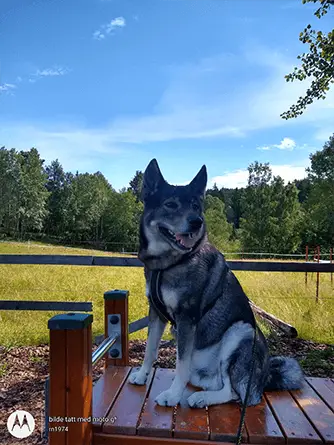
Training
Often referred to as "stubborn," their independence has served them well in the past, but they can be challenging to train. Their ideal trainer will be firm and authoritative, employing consistent training techniques and not letting the Jämthund get away with anything.
They are undeniably intelligent and can quickly learn new tasks. Their intelligence has gotten them into various professions, including shepherding, hunting, sledding, and even military service.
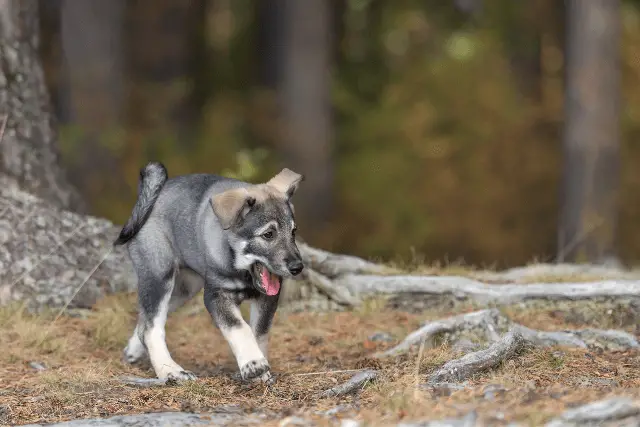
Exercise needs
The Jamthund, a cheerful, high-energy dog, benefits from access to large open spaces and the freedom to roam. It would be inequitable to confine these animals to small houses or apartments. They enjoy going on long hikes and runs every day and have great stamina when they're out and about.
Unsurprisingly, if not given adequate exercise, the Jämthund will direct its energy elsewhere, frequently developing undesirable behaviors. When their needs are not met, these dogs might develop issues like barking and destroying your furniture. Make sure you provide these dogs at least 2 hours of vigorous exercise each day.
Socialization
The Jamthund, like any other breed, requires early socialization. The sooner you start working with your dog on this, the better. They will have more time to adjust to their new surroundings and hone their social skills. Expose your Jamthund puppy to various sights, sounds, people, dogs, and situations so that your dog can learn proper behavior in all future situations. It is the only way to ensure that your dog grows into a well-mannered and confident adult.
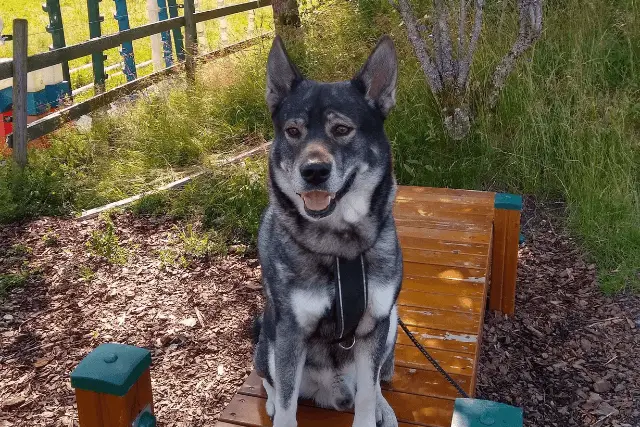
Health
The Jamthund is considered a healthy breed. It has an average lifespan of 12-13 years. However, like most pureblooded dog breeds in the world, these dogs are prone to specific health problems. Vets noticed Jamthunds are prone to;
- Hip dysplasia - Genetic problem affecting hips resulting from an improperly formed hip joint.
- Progressive retinal atrophy - A group of diseases that affect the retina and cause it to deteriorate over time.
- Elbow dysplasia - Usually, it affects large breeds. It is caused by the uneven growth of three bones making a dog’s elbow.
- Allergies - these dogs are prone to have allergic reactions to specific foods, products, or medications.
- Obesity - Obesity is one of the fastest-growing health issues among Western pets. It can lead to all sorts of life-threatening conditions.
World Dog Finder team

Updated at31.08.2023.
Breed History
The Jamthund, or Swedish Elkhound, is widely thought to be one of the oldest breeds. They are originally from Sweden, specifically the central region known as “Jamtland,” as their name suggests. Because the Jamtland is known for its particularly harsh weather, only the hardiest of dogs would have survived in the past. They are thought to have existed since the dawn of civilization, making tracing their exact origins nearly impossible.
The Jamthund’s original function was that of a hunting dog. They were used to track down bears, wolves, and, of course, elk. This breed has evolved to be incredibly powerful and brave to hunt such physically intimidating creatures successfully. While they were primarily used as hunters, locals also kept them as pets, guard dogs, and even sled dogs. Their adaptability and ability to survive in such a harsh environment undoubtedly contributed to their local popularity.
DNA testing has revealed that the Jamthund results from a cross between a female wolf and a male dog. They are the tallest of the Spitz family and are described as "Spitz-type dogs." Spitz dogs have thick, dense fur, pointed ears, a long muzzle, and a curled tail. These dogs are commonly referred to as “Wolf-like.” Akita, Keeshond, and Samoyed are other examples of Spitz breeds.
There are several closely related dog breeds in Scandinavia that were previously classified alongside the Jamthund. The Finnish Lapphund, Swedish Lapphund, and Norwegian Elkhound are among them. In fact, the Jamthund is so similar to the Norwegian Elkhound in appearance that it was mistaken for a larger variant for many years. It wasn't until 1946 that the Jamthund was recognized as a distinct breed.
This honor was primarily due to the efforts of Aksel Lindstrom. Mr. Lindstrom enjoyed sledding and was disappointed to learn that the Jamthund, a skilled sled dog, was becoming scarce in its native Sweden. He wrote an article for a newspaper and met Count Bjorn Van Rosen because of it. Their activism resulted in the breed being recognized by the Swedish Kennel Club. They may have saved the breed from extinction.
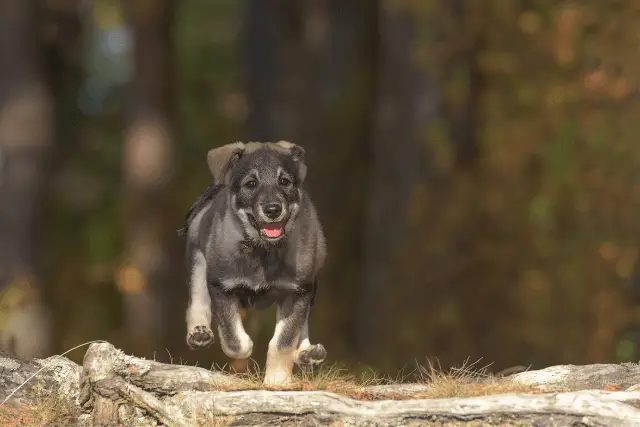
Within Sweden, the Jamthund is legendary for its apparent bravery. Many claim these dogs will face bears and firmly stand their ground. Because of this, they are commonly referred to as "bear dogs." The Jamthund is now found in countries known for their harsh winters, such as Canada and Russia, and has spread far beyond Scandinavia.
Despite their migration, they have left their homeland in small numbers and are still difficult to find outside of Sweden. While they are still commonly kept as working dogs, they are also popular as family pets.
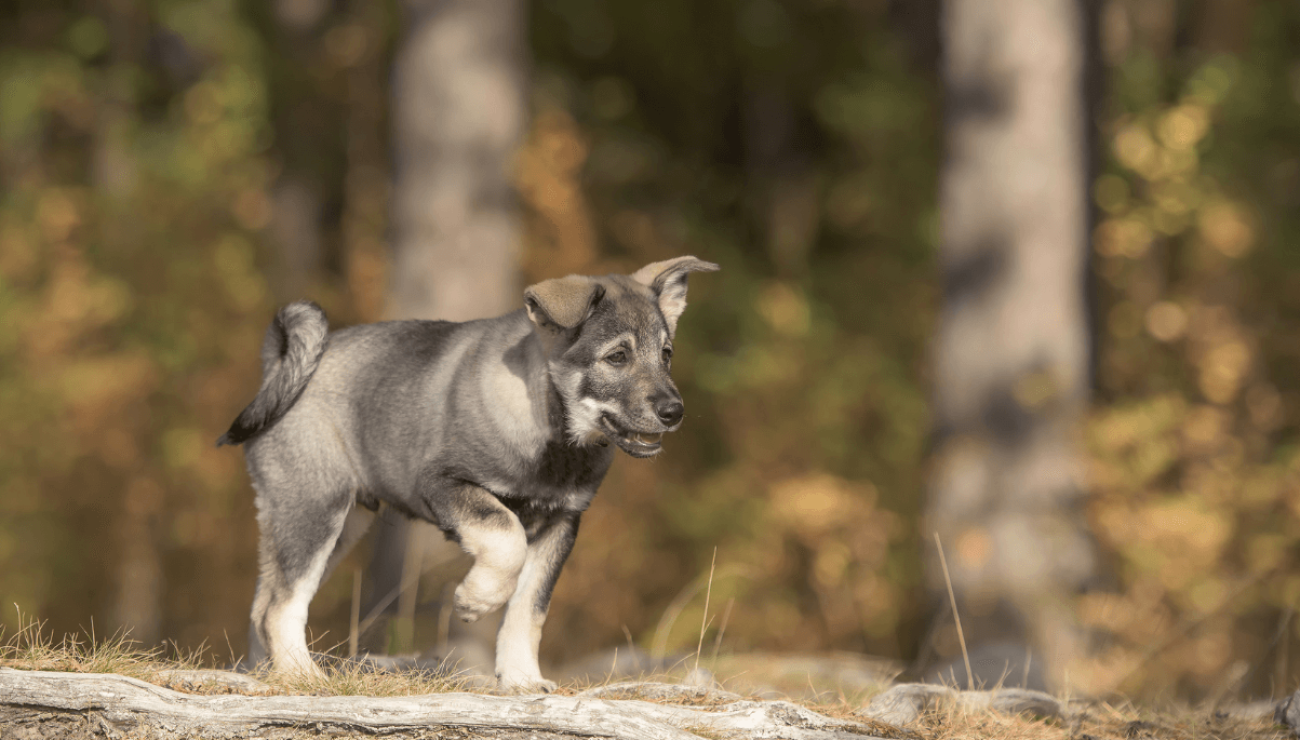
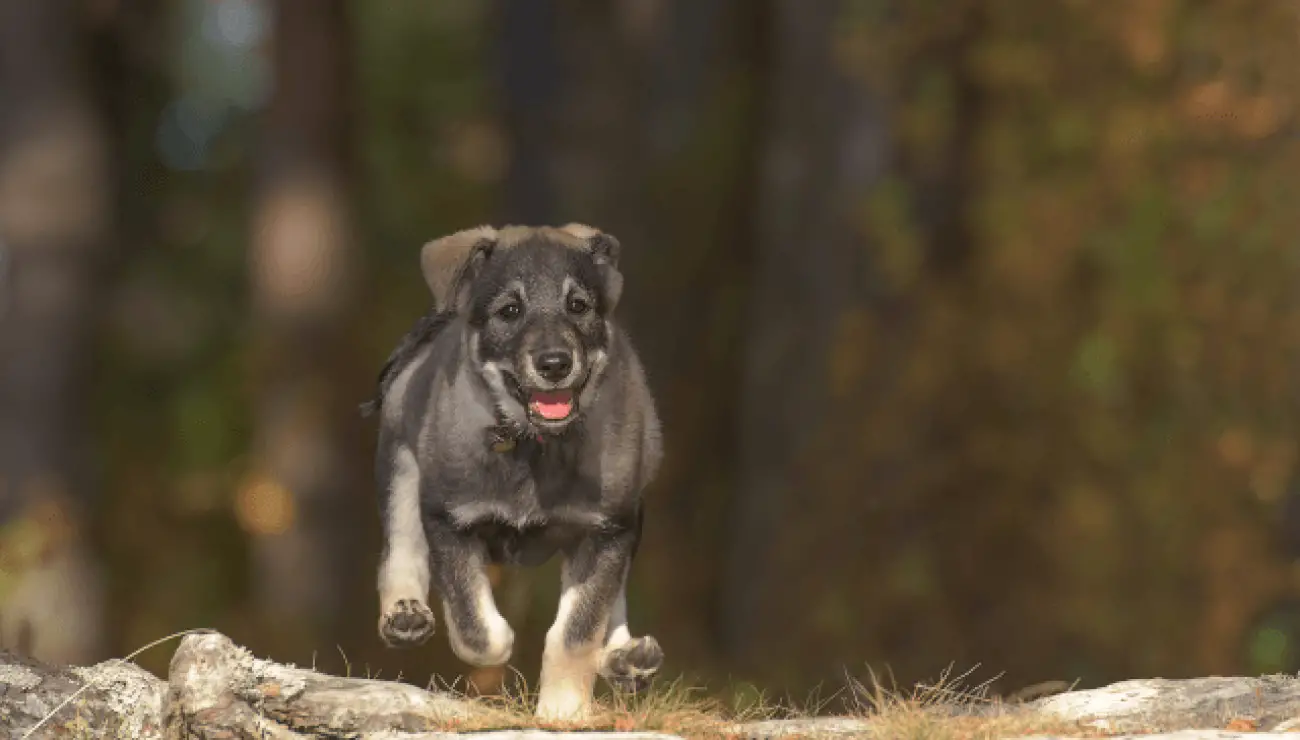
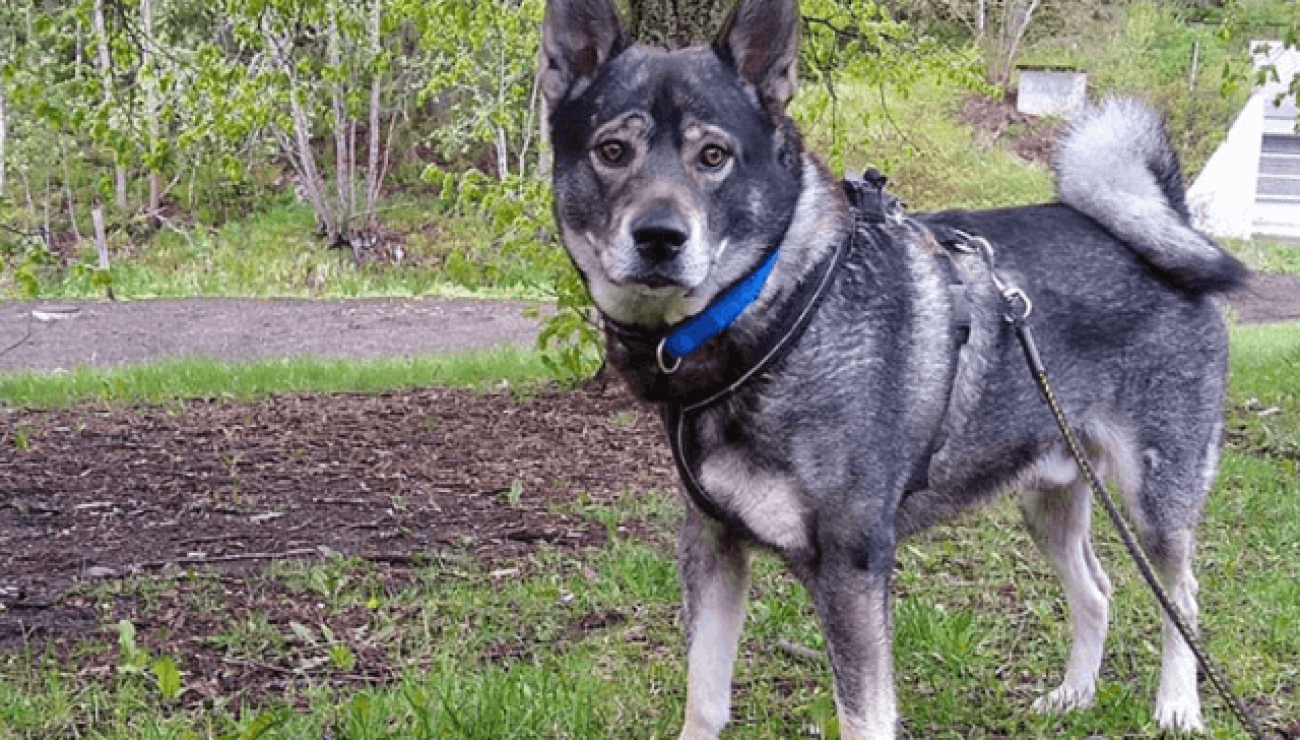
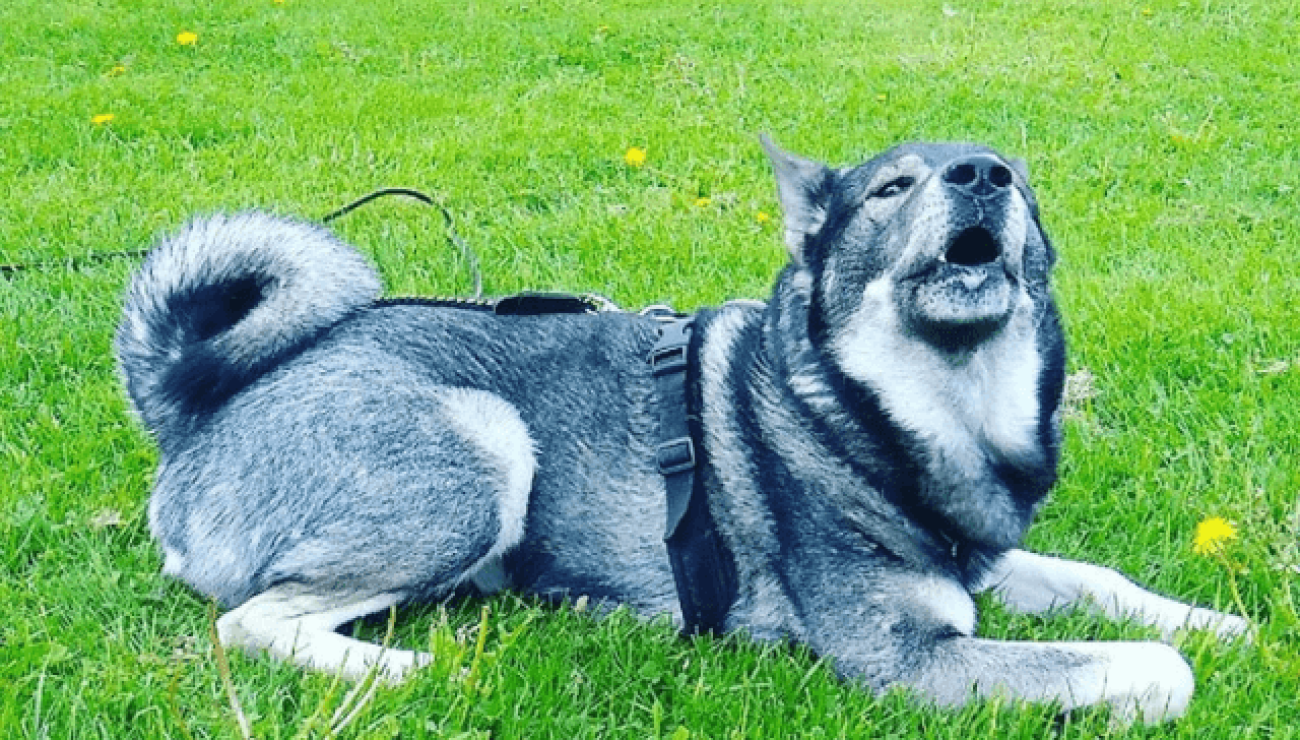
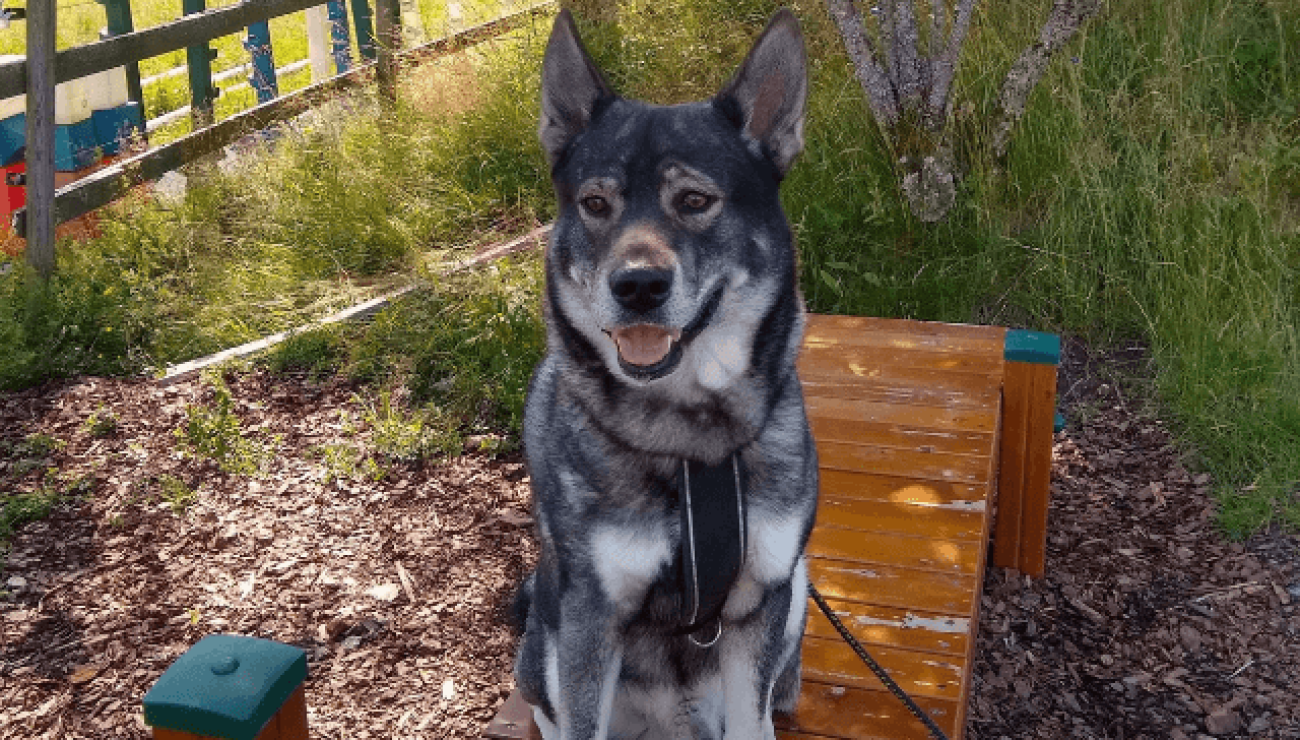
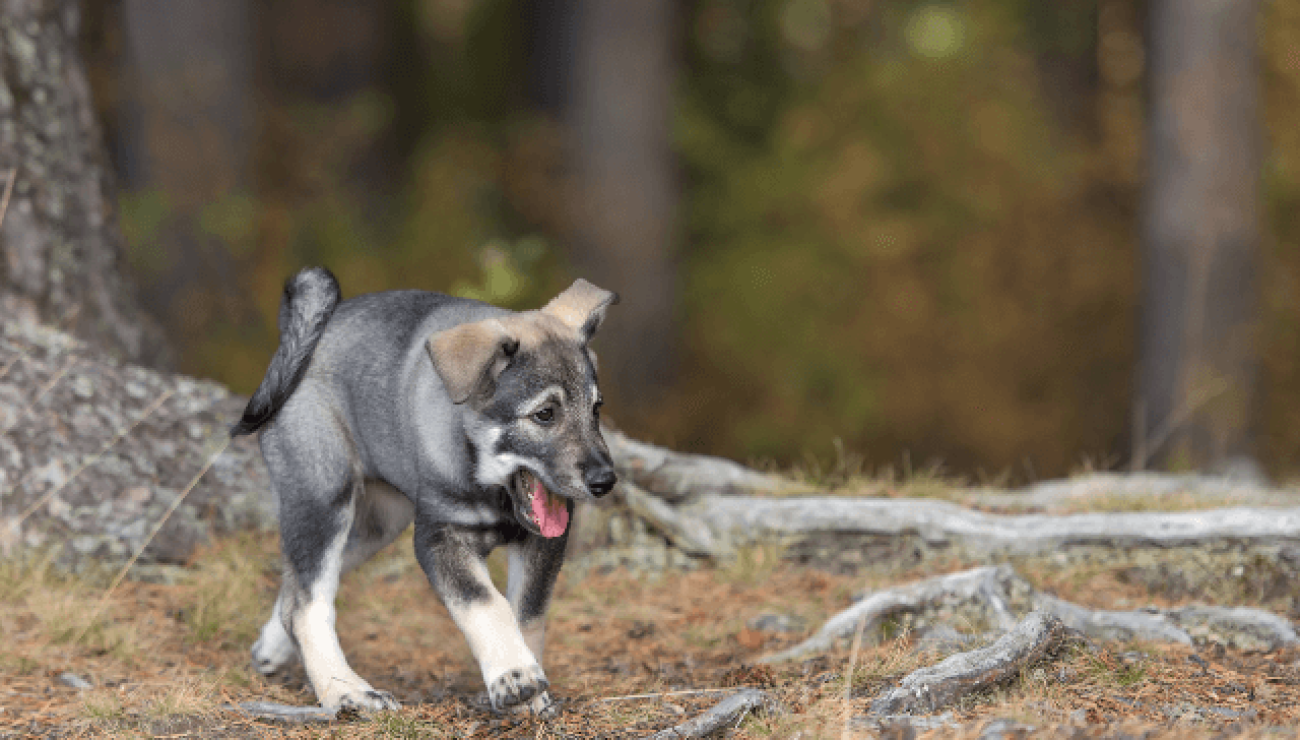
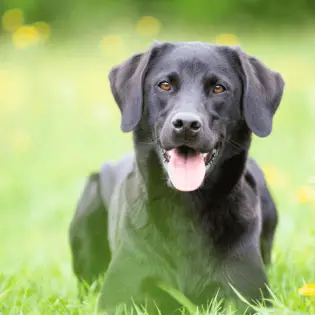
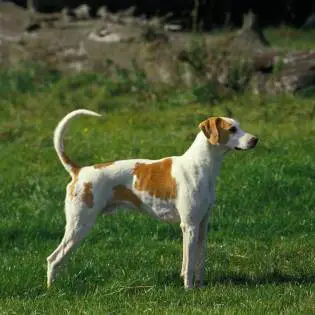
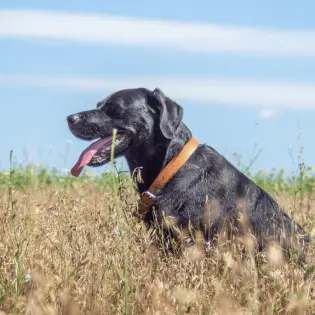
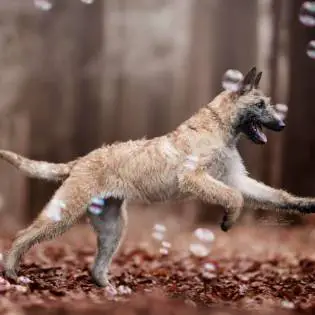

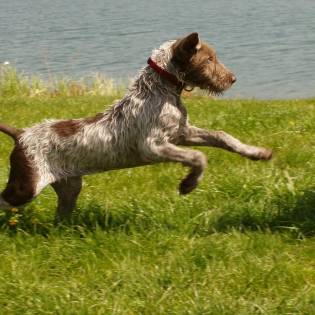
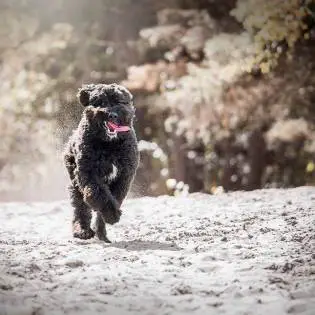
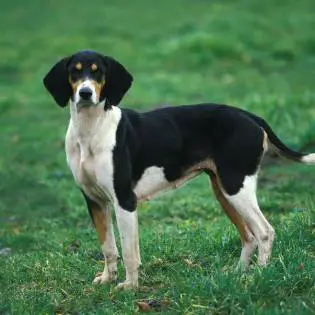
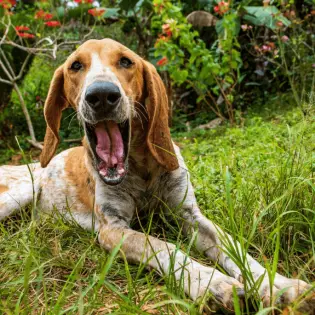


Share